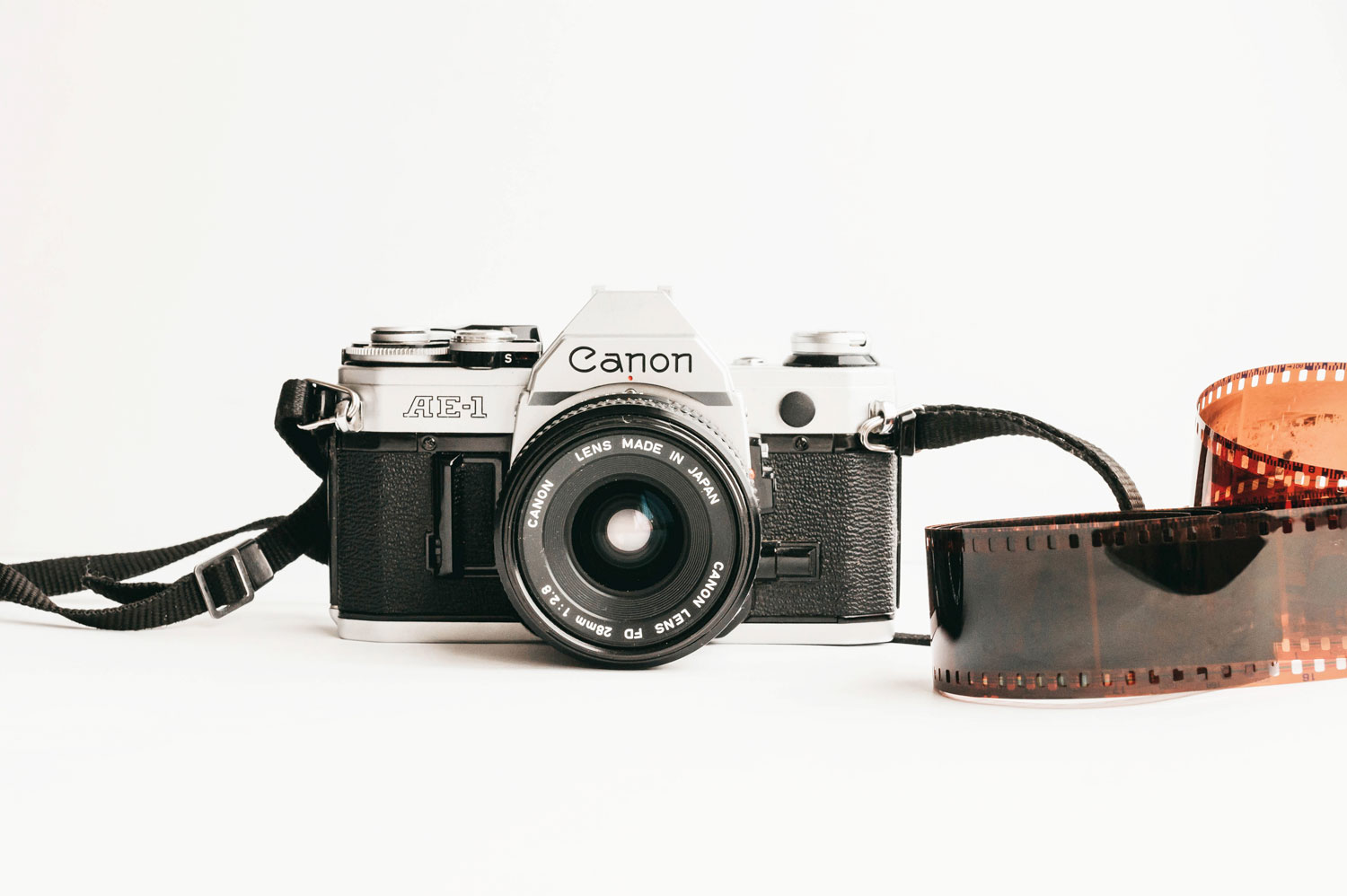Film Scanning and Digital Editing

Photo by Marco Verch. Licensed under CC BY 2.0
For film photographers who may not have the luxury of a darkroom to develop and print negatives, film scanning is the next best option. Scanning film and working in a digital environment provides many benefits that the darkroom cannot; mainly the ability to edit in a non-linear fashion. In the darkroom environment most printing techniques are done before you even see the image on paper, but with digital workflow you have the luxury of viewing your image at all times with and without edits.
When scanning your film photography it is best to scan the original source – the negative. Scanning the actual photograph would be akin to making a photocopy of a print rather than printing from the negative in the darkroom. Proper negative film scanning will ensure you maintain a high quality image.
Most newer flat bed scanners are able to scan 35mm and even 120 film, as well as documents and prints. Because of price and flexibility the flatbed scanner is likely a good choice for beginners to film scanning. However, there are dedicated film/slide scanners that will produce higher quality results as they offer higher resolution scanning. These dedicated scanners come at a much higher price tag than the flatbed scanners.
To learn more about film scanning, please follow any of these links for more information:
















